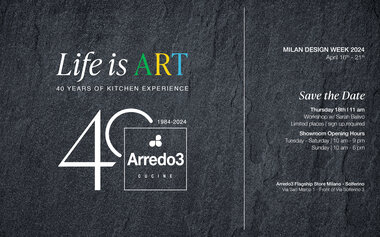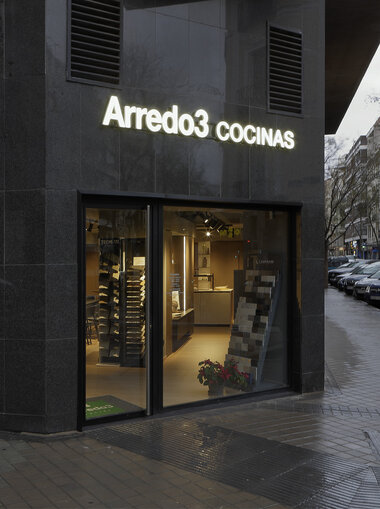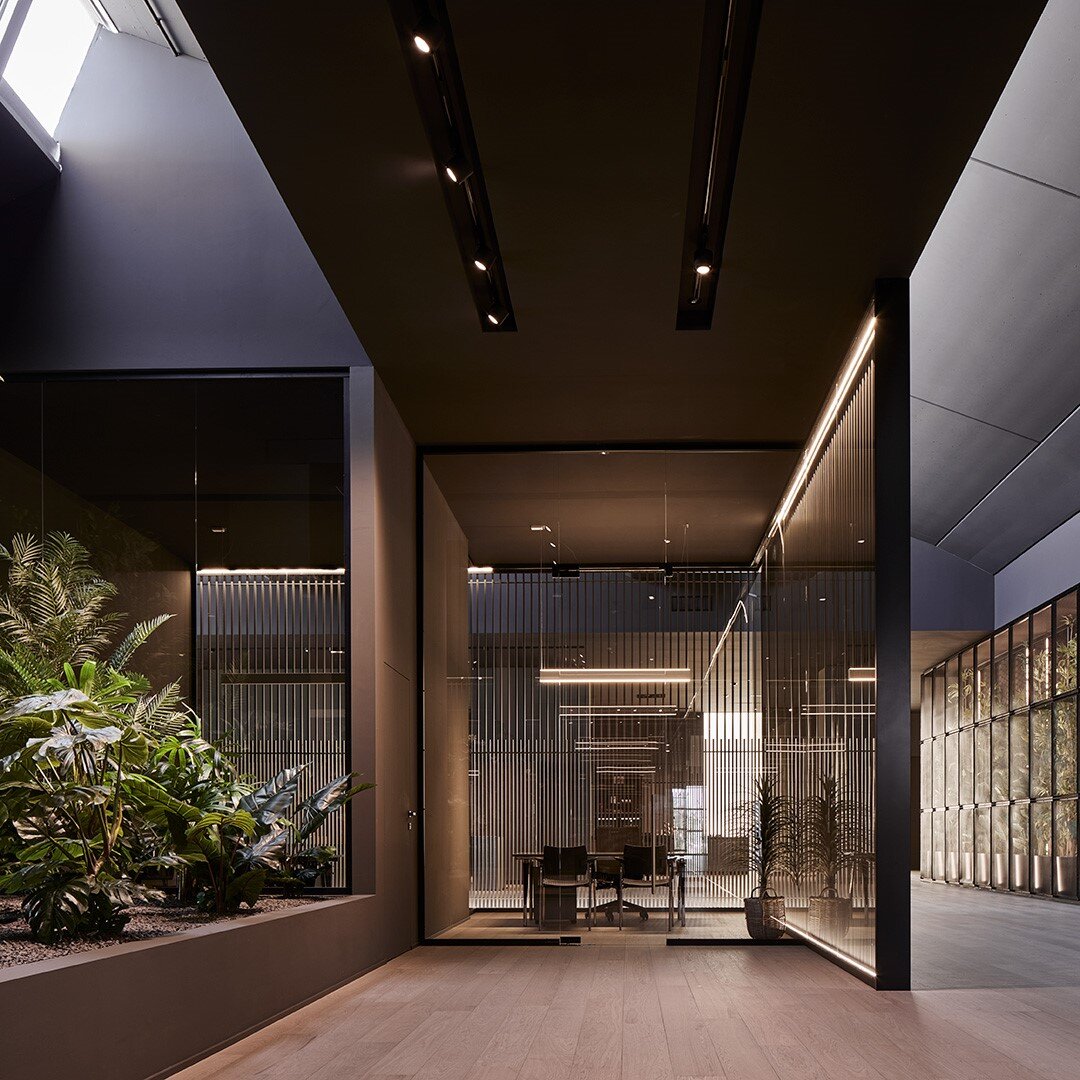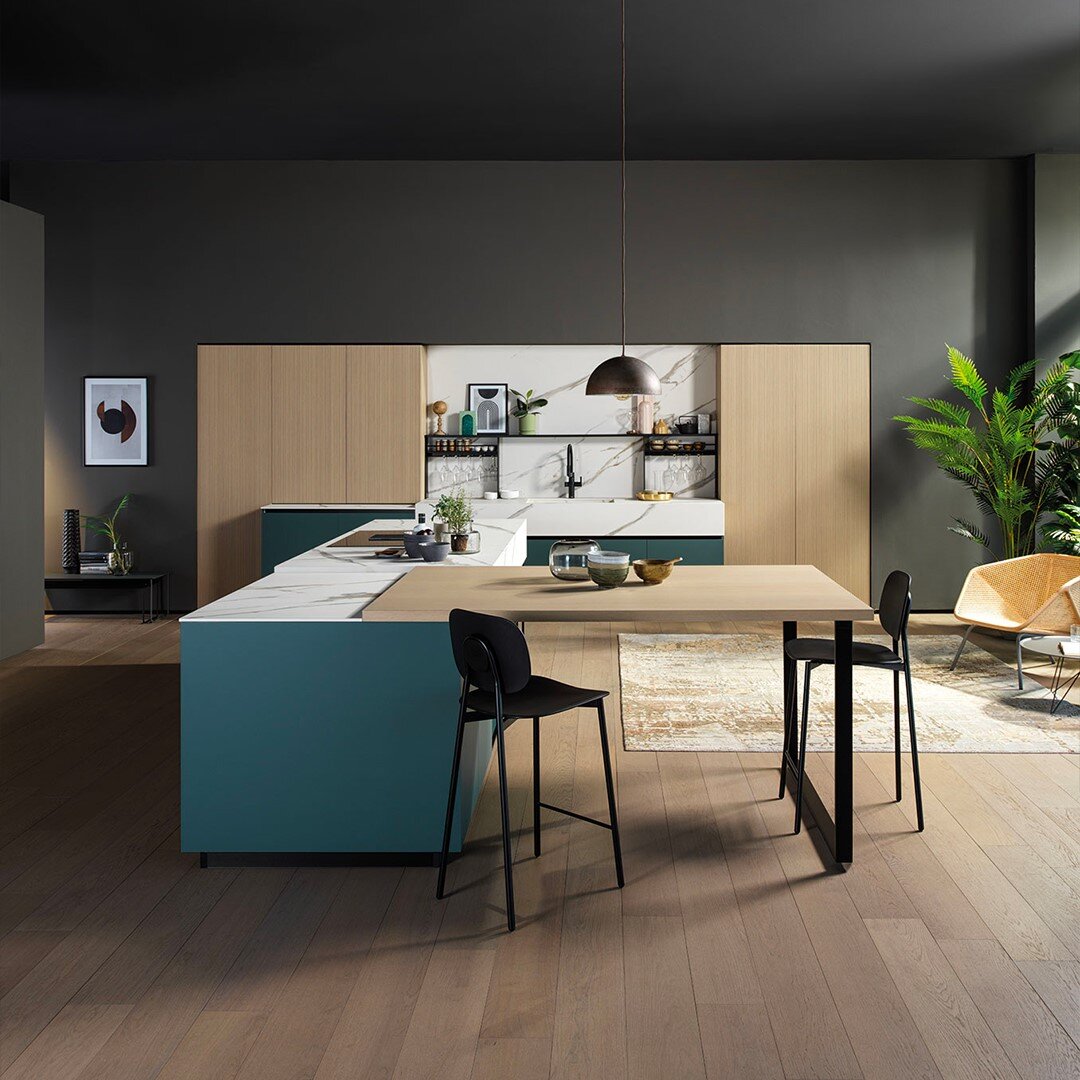en
Glossary of kitchen terms: do-it-yourself tips
1 JUNE 2017
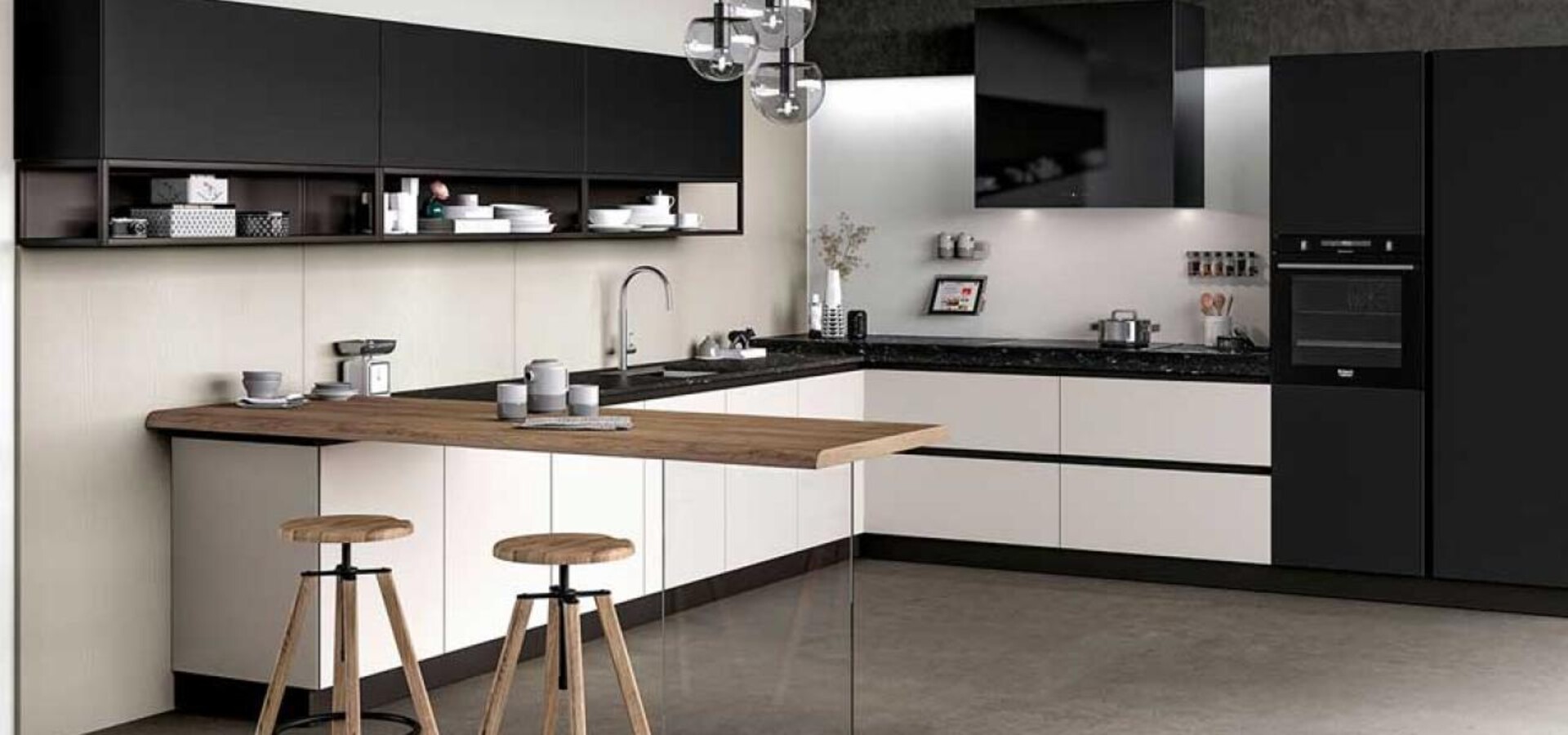
1. Melamine panel
Chipboard panel whose surfaces have been coated with sheets of paper impregnated with melamine resins.2. Chipboard panel
It consists of waste from wood processing and loppings of trees, with pressed wood particles that are glued together. It is commonly used through veneer, melamine laminate or PVC or laminate coating. The chipboard panel has excellent stability and is perfect for use on large surfaces where solid wood could have flatness problems. It is also very light and the materials with which it is normally coated guarantee water resistance. However, it is not resistant to humidity.3. MDF Panel
The term MDF stands for medium-density fibreboard and is composed of loppings and wood processing waste. It is, therefore, a relatively environmentally friendly material. MDF panels are made of wood fibers bonded together with thermosetting adhesives. This material has excellent stability and compactness along the edges. However, it has poor moisture resistance.4. Plywood panel
It is composed of five or more layers of wood arranged with the fibers crossed and fastened together with water-resistant and moisture-proof adhesives.5. Laminate
Composed of phenolic and melamine resins glued together to form sheets of about 0.6 mm. It is used in the coating of wood panels. When the thickness of the support resins is higher than 1 mm, then you can talk about layered laminate.6. HPL Laminate
HPL stands for High Pressure Laminate according to EN 438/1 standard that defines their very hardness and resistance to scratching, wear, impact, chemical agents, fire. For this reason, the HPL laminate is recommended for the tops.7. Veneer
It is also called sliced and is a thin sheet of wood (about 0.6 mm) obtained by cutting off logs. It is commonly used to cover various wood panels (MDF, chipboard, solid wood etc), then called veneers.8. PVC
Polyvinyl chloride is a very popular plastic material in the world of furnishing because it coats both structural elements and doors, it can be coloured and can imitate wood grain. It is not very resistant to high temperatures.9. Acrylic front panels and doors
Acrylic doors consist of a chipboard support, coated internally with 1.4 mm thick methacrylate with a glossy finish and with 1.2 mm thick polystyrene. This material is almost the same as the glossy lacquered finish. It does not turn yellow and resists well to sun and moisture. Do not use acetone, ink and ethyl-butyl acetate.10. Alkorcell
It is made of an interior decorative polypropylene (PP) leaf without halogen components, plasticizers and formaldehyde, ideal for covering wood-based surfaces. The leaf Is retrofitted with a primer and glued with dispersion or thermosetting glues or a solvent.11. Stainless steel
It resists corrosion and chemical agents. Chromium, which must not be lower than 12%, gives it this resistance. The term "stainless steel 18/10" means that the material has 18% chromium and 10% nickel. Being highly hygienic, it is widely used for pots, sinks and worktops.12. Moulded panel
It is a central panel of a door generally made of veneered or coated chipboard.13. Melamine paper
Paper impregnated with melamine resins. It can be coloured and can imitate the grain of wood. It is used for coating chipboard panels: the so-called melamine laminated panels.14. Frame
Full frame made by joining four or more strips.15. Tempered glass
Glass with particular hardness and impact resistance obtained through hardening (high temperature treatment over 650°C with subsequent abrupt cooling).Fill the form
Sending...
newsStoreSubmitTitle
newsStoreSubmitMessage
News

